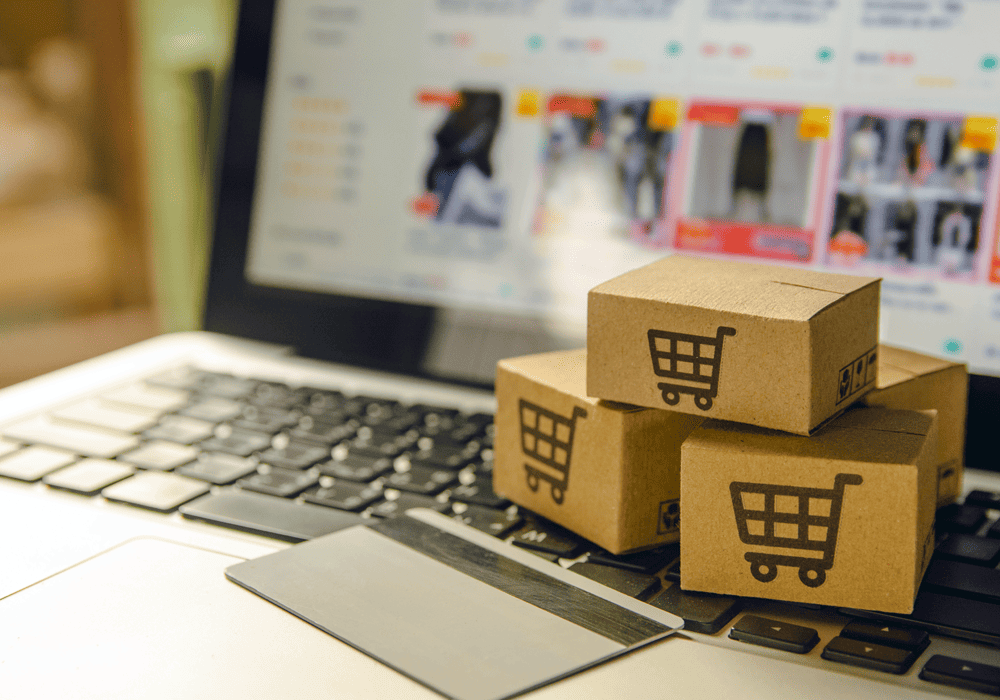E-commerce, a sector that’s experienced rapid growth over the past two decades, has undeniably transformed the way we shop. As technology advances and consumer behaviors shift, the next decade promises to bring even more changes to the e-commerce landscape. Let’s embark on a journey to understand the trajectory of e-commerce and explore what the future holds for online shoppers.
A Brief Overview of E-Commerce Evolution
The e-commerce journey began in the 1990s with pioneers like Amazon and eBay introducing a new way to shop. By the 2000s, secure payment gateways and a rise in consumer trust boosted online sales. Fast forward to the 2010s, mobile commerce, subscription models, and AI-driven shopping experiences reshaped the industry.
Predictions for the Next Decade of E-Commerce
Personalized Shopping Experience with AI and Big Data: With advancements in AI and machine learning, online shopping will be even more tailored to individual preferences. From product recommendations to personalized discounts, shoppers can expect a curated experience.
Augmented Reality (AR) and Virtual Reality (VR) Shopping: AR and VR will revolutionize the way we shop. Imagine virtually trying on clothes or visualizing how a sofa will look in your living room before making a purchase.
Green E-Commerce: As the global focus shifts toward sustainability, e-commerce platforms will adopt eco-friendly practices. This includes sustainable packaging, carbon-neutral shipping, and promoting eco-friendly products.
Cryptocurrency and Blockchain: As the acceptance of cryptocurrencies like Bitcoin grows, it’s plausible that more online retailers will adopt this as a payment method. Moreover, blockchain can be utilized for supply chain transparency.
Direct to Consumer (D2C) Growth: More brands will bypass traditional retail channels to sell directly to consumers. This model allows for better customer relationship management and tailored shopping experiences.
Evolving Delivery Methods: Drones, autonomous vehicles, and even underground delivery systems might redefine how we receive our online orders.
Integration of Social Media and E-Commerce: Social media platforms will further integrate shopping features, making it seamless for users to purchase without leaving the app.
Voice-activated Shopping: With smart speakers like Amazon Echo and Google Home becoming ubiquitous, voice search and shopping will become a dominant trend.
Global Shopping Platforms: E-commerce will become even more borderless. Platforms will adapt to offer multiple languages, localized payment options, and worldwide shipping.
Better security measures: As online threats change, so will the safety measures. It will be normal to use blockchain, advanced encryption, and multi-factor identification.
The Emergence of New Business Models
Subscription Services: More businesses will transition to subscription models, catering to the growing demand for ‘set and forget’ purchases. Whether it’s for gourmet foods, beauty products, or even fashion, the convenience of receiving products at regular intervals without re-ordering is appealing.
Rental and Resale Platforms: Conscious consumerism will give rise to more platforms that emphasize renting over owning and buying second-hand. Websites offering services like luxury fashion rentals or second-hand electronic marketplaces will become more mainstream.
The Role of Emerging Technologies
5G and Enhanced Connectivity: The rollout of 5G networks worldwide promises to enhance mobile shopping experiences with faster load times, high-quality AR/VR integration, and real-time customer support.
IoT (Internet of Things): Smart devices will further integrate with e-commerce platforms. Imagine your smart fridge ordering groceries when it detects you’re running low or a smart wardrobe suggesting clothing purchases based on your existing collection.
Focusing on Customer Experience
Omni-channel Shopping: While the boundary between online and offline shopping blurs, retailers will emphasize a consistent brand experience across all platforms. Physical stores might function as showrooms, pickup points, or return centers for online purchases.
Interactive and 3D Product Displays: Product listings will evolve from static images. Shoppers could rotate products 360°, zoom in to see intricate details, or even interact to see how products function.
Enhanced Customer Support: Chatbots, 24/7 customer service, and AI-driven support systems will become standard. The goal? To address consumer queries and issues instantaneously.
Shifting Market Dynamics
Rise of Local E-commerce: While global platforms will continue to thrive, there will be a resurgence of local e-commerce platforms catering to regional tastes and cultural nuances.
Brick-and-Mortar Reinvention: Traditional retail won’t disappear; it will evolve. Stores will transform, emphasizing experiences, events, and incorporating more tech to bridge the gap between offline and online shopping.
Preparing for the Future: Advice for Retailers
Stay Agile: The only constant in e-commerce is change. Retailers must be willing to pivot, adapt to new technologies, and stay updated with market trends.
Invest in Technology: From backend infrastructure to frontend customer-facing tech, investing in the latest technology will be crucial for businesses to remain competitive.
Build Trust: As the e-commerce space gets more saturated, building and maintaining consumer trust will be paramount. This includes ensuring data privacy, transparent business practices, and quality assurance.
Conclusion
The e-commerce evolution is akin to a dynamic and ever-expanding universe. Both exhilarating opportunities and challenges lie ahead. But one thing is certain: the realm of e-commerce is poised to offer unprecedented experiences and conveniences that will redefine the very essence of shopping. As we look ahead, it’s an exciting time to be a consumer in the digital age!




